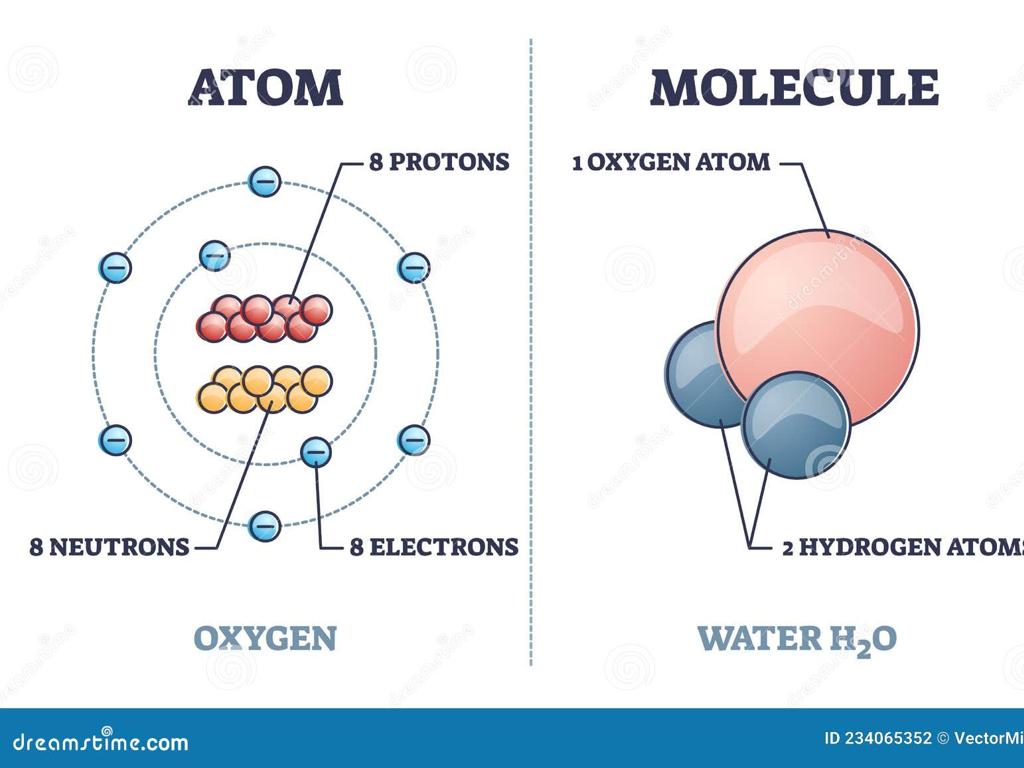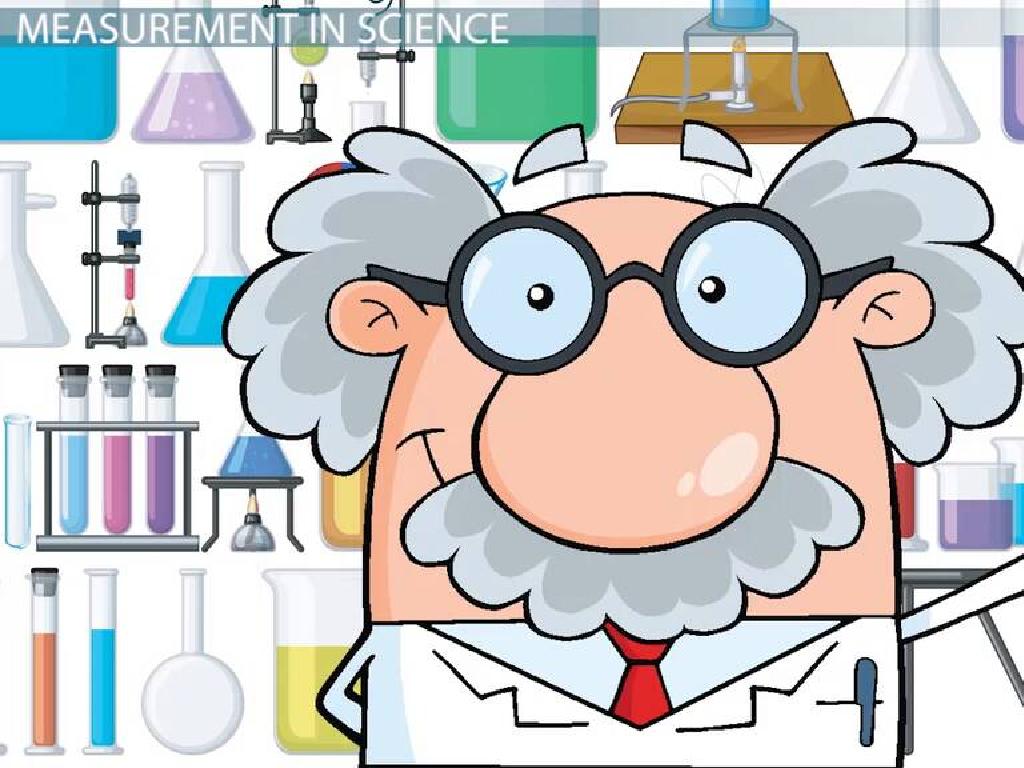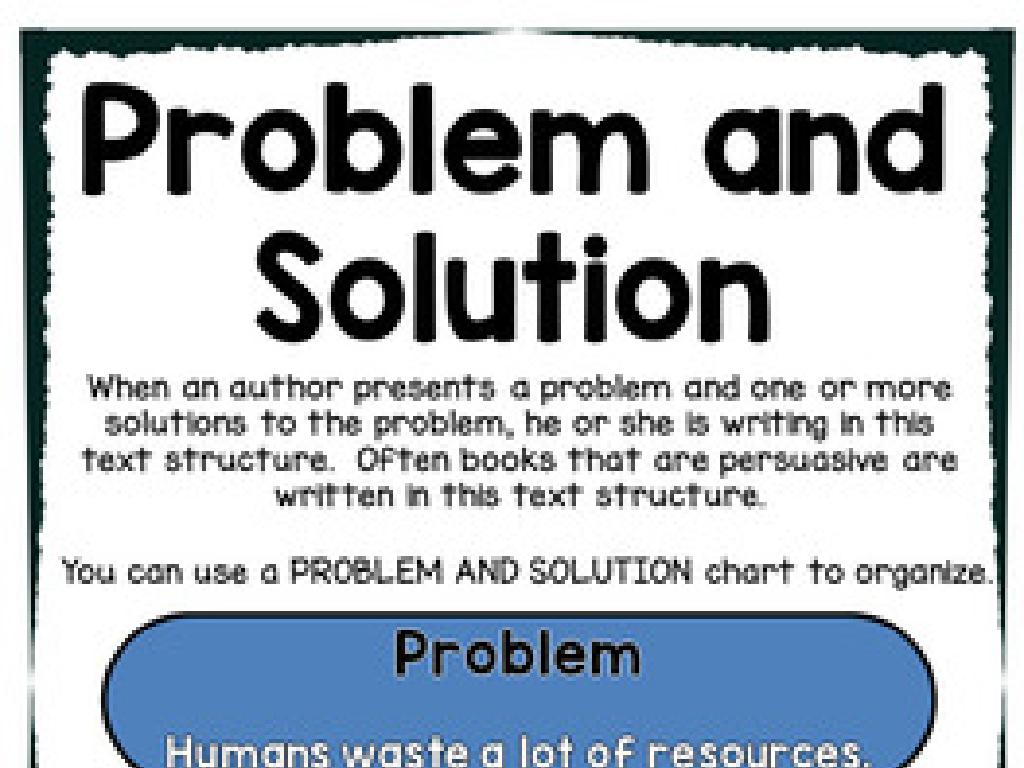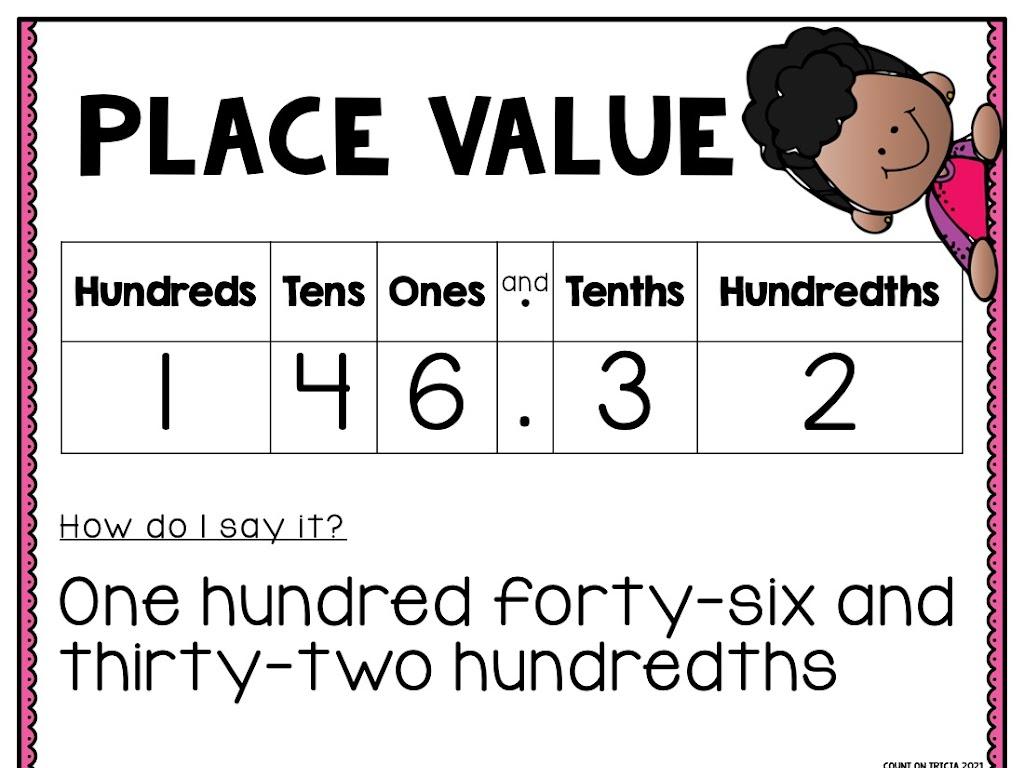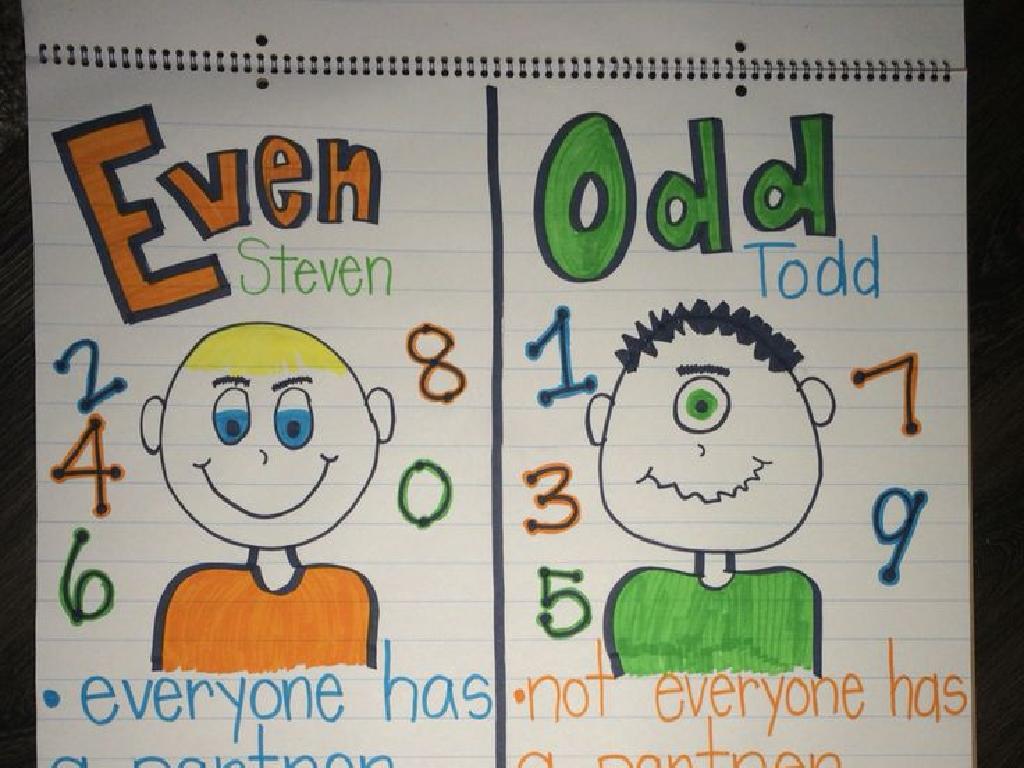About This Ap Us Government And Politics Course
Subject: Arts and humanities
Grade: High school
Topic: Ap /College Us Government And Politics
Please LOG IN to download the presentation. Access is available to registered users only.
View More Content
Introduction to AP US Government and Politics
– Course overview and objectives
– Explore the structure, function, and processes of government institutions
– Key topics in US Government and Politics
– Topics include the Constitution, political parties, and civil rights
– Understanding the role of government
– How government decisions affect society and individuals
– Relevance of politics in daily life
– Encourages civic engagement and informed citizenship
|
This slide introduces students to the AP US Government and Politics course, setting the stage for a comprehensive exploration of American political systems and institutions. The course will cover the Constitution, the branches of government, political parties, elections, civil rights, and liberties, among other topics. Understanding how the government operates and its impact on society is crucial for developing informed citizens who can participate effectively in the democratic process. The course also emphasizes the importance of political engagement and the role of individuals in shaping government policy and action. Encourage students to think critically about current events and consider how they relate to the topics discussed in class.
AP US Government and Politics: Course Objectives
– Grasp key US government concepts
– Understand the structure and functions of government branches, and the role of checks and balances.
– Analyze political relationships
– Examine how different political entities interact within the US political system.
– Evaluate policy debates critically
– Learn to assess the strengths and weaknesses of political arguments and policy proposals.
– Comprehend government-public relationships
– Explore the dynamic between government actions and citizen rights and responsibilities.
|
This slide outlines the core objectives of the AP US Government and Politics course, which aims to provide students with a comprehensive understanding of the American political system. Students will delve into the intricacies of government structure, the interplay between various political actors, and the ongoing debates that shape public policy. They will also develop critical thinking skills to evaluate the effectiveness of government decisions and their impact on society. The course encourages active citizenship by helping students understand their role in the political process and the importance of government accountability. Teachers should emphasize the relevance of these objectives to current events and encourage students to engage with the material by following and analyzing contemporary political issues.
Foundations of American Democracy
– Philosophical underpinnings of US government
– Ideas from Enlightenment thinkers like Locke and Montesquieu influenced the US government’s structure.
– Principles of democracy in the US
– Discuss popular sovereignty, limited government, and rule of law as key democratic principles.
– The Constitution’s role
– The Constitution establishes the framework for the federal government and its powers.
– Significance of the Bill of Rights
– The first ten amendments protect individual freedoms and rights against government overreach.
|
This slide aims to introduce students to the core concepts that form the basis of the US government and its democratic ideals. Begin with the philosophical roots, highlighting the influence of Enlightenment ideas on the founding fathers. Discuss how democracy in the US is shaped by principles such as popular sovereignty, where the government’s power comes from the people; limited government, ensuring that governmental powers are restricted by law; and the rule of law, where laws apply equally to all. Examine the Constitution as the supreme law that outlines the structure and powers of the government. Lastly, delve into the Bill of Rights, emphasizing its importance in safeguarding individual liberties. Encourage students to think critically about how these documents and principles are applied in current US governance.
Federalism in the US Government
– Define federalism and its significance
– Federalism is a system where power is divided between a central authority and constituent political units.
– Division of powers: national vs state
– The Constitution outlines specific powers for the national government and reserves others for the states.
– Federalism in action: case studies
– Consider the response to natural disasters: federal aid and state management demonstrate federalism.
– Analyzing federalism’s impact
– Reflect on how federalism shapes policies on education, transportation, and public health.
|
This slide introduces the concept of federalism, a cornerstone of the American political system. Federalism is the division of power between the national government and the state governments, a structure that allows for a balance of power. Students should understand how this system is designed to operate, with certain powers exclusively to the national government, others to the states, and some shared between the two. Use real-life examples, such as disaster response, to illustrate federalism at work. Encourage students to think critically about how federalism affects various aspects of governance and policy-making, and how it impacts their daily lives. This discussion will set the foundation for more in-depth exploration of federalism’s role in the US government.
Political Beliefs and Behaviors
– Cultural influence on politics
– Family and cultural values shape individual political views.
– Public opinion and participation
– Public opinion can drive or hinder political engagement.
– Media’s impact on politics
– Media, including news and social platforms, sways political attitudes.
– Understanding political socialization
– Political socialization is how individuals learn political beliefs.
|
This slide delves into the factors that shape political beliefs and behaviors in the context of AP US Government and Politics. It’s crucial to discuss how family and cultural backgrounds can predispose individuals to certain political ideologies. Additionally, understanding the role of public opinion is key to analyzing political participation and voter turnout. The media’s influence is also a significant factor, as it can both inform and persuade the public on political matters. Lastly, the concept of political socialization will be explored to understand how people acquire their political beliefs over time. Examples include family discussions, school education, and media consumption. Encourage students to reflect on their own sources of political beliefs and recognize the diversity of perspectives in the classroom.
Political Parties, Interest Groups, and Mass Media
– Structure of political parties
– Organized groups with shared goals influencing elections and policy
– Influence of interest groups
– Organizations that advocate for specific policies and mobilize voters
– Lobbyists’ role in government
– Professionals who advocate on behalf of interest groups to lawmakers
– Mass media’s political impact
– Channels of communication shaping public opinion and political issues
|
This slide aims to provide students with an understanding of the interconnected roles of political parties, interest groups, lobbyists, and mass media in the American political system. Political parties are essential for organizing political action, nominating candidates, and mobilizing voters. Interest groups and lobbyists play a crucial role in representing the interests of specific segments of society and influencing policy decisions. Mass media is a powerful tool that not only informs the public about political issues but also shapes perceptions and opinions. Encourage students to think critically about how these entities influence their daily lives and the functioning of democracy. Discuss recent examples of each element’s impact on a political campaign or a legislative process to provide a contemporary context.
Institutions of National Government
– Overview of government branches
– Legislative makes laws, Executive enforces, Judicial interprets
– Checks and balances system
– Each branch has powers to check the others, ensuring balance
– Role of the bureaucracy
– Bureaucracy implements laws, manages programs, regulations
– Functioning of federal institutions
|
This slide provides a high-level understanding of the three branches of the U.S. government and their functions. The legislative branch is responsible for creating laws, the executive for enforcing them, and the judicial for interpreting the law. The checks and balances system is a foundational principle that allows each branch to limit the powers of the others, preventing any single branch from becoming too powerful. The bureaucracy, often considered a part of the executive, carries out the day-to-day administration and regulation of federal policies and programs. Discuss the significance of each branch in the context of AP US Government and Politics, and how they interact to shape national policy and governance. Encourage students to think critically about how these institutions affect their lives and the functioning of the country.
Understanding Public Policy in US Government
– Policy-making process overview
– How a bill becomes law; stages from idea to implementation
– Types of policies: economic, social, foreign
– Economic: tax laws, Social: healthcare, Foreign: trade agreements
– Analyzing policy decisions
– Critical thinking on the impact of policies
– Case studies: real-world applications
– Historical examples: New Deal, Affordable Care Act
|
This slide aims to introduce students to the concept of public policy within the US government framework. Begin with an explanation of the policy-making process, detailing the steps from the inception of an idea to its implementation as law. Discuss the different types of policies, providing examples for economic (like tax laws), social (such as healthcare), and foreign (including trade agreements) policies. Encourage students to think critically about how policy decisions are made and their subsequent impact on society. Use case studies like the New Deal and the Affordable Care Act to illustrate the real-world application of these concepts. This will help students understand the complexities of policy-making and the importance of informed decision-making in government.
Civil Rights and Civil Liberties
– Distinction between rights and liberties
– Civil rights are protections from discrimination; civil liberties are freedoms guaranteed by the Constitution.
– Landmark Supreme Court cases
– Brown v. Board of Education (rights), Miranda v. Arizona (liberties)
– Current civil rights issues
– Ongoing debates on voting rights, LGBTQ+ rights, and racial equality.
– Current civil liberties issues
– Privacy concerns, freedom of speech, and the impact of technology on civil liberties.
|
This slide aims to clarify the difference between civil rights and civil liberties, which is often a source of confusion. Civil rights refer to the protection against discrimination based on certain characteristics, such as race, gender, or disability. Civil liberties are basic freedoms guaranteed by the Bill of Rights, such as freedom of speech and religion. Highlight landmark Supreme Court cases that have shaped our understanding and application of these rights and liberties. Discuss current issues, encouraging students to think critically about how these topics are being debated and addressed in today’s society. Examples include recent voting rights legislation, the fight for LGBTQ+ rights, and the balance between national security and individual privacy.
Course Recap & The Value of Active Citizenship
– Recap today’s key topics
– Encourage student questions
Any doubts or curiosities? Now’s the time to ask!
– Discuss active citizenship
Being an informed citizen involves engagement in the political process.
– Reflect on today’s learning
|
This slide aims to summarize the day’s lessons and foster an interactive environment where students can ask questions and engage in discussions. It’s crucial to emphasize the role of active citizenship in a democracy and how the course content applies to real-world political engagement. Encourage students to think critically about how they can participate in their government and society. The reflection on today’s learning should help students consolidate their understanding and see the relevance of the course material to their lives. As a teacher, be prepared to facilitate the discussion, answer questions, and guide students in understanding the importance of their role in the political landscape.
Role-Play Debate: Political Parties & Interest Groups
– Divide into political party groups
– Each group presents policy stance
– Class votes on convincing arguments
– Discuss rhetoric’s role in politics
– How do words sway decisions? Consider historical speeches and their impact.
|
This class activity is designed to engage students in the practical aspects of US Government and Politics by simulating a political debate. Students will gain firsthand experience in representing different political parties and interest groups, which will help them understand the diversity of political thought and the art of persuasion. Each group should research their assigned position and prepare to defend it convincingly. After presentations, a class vote will simulate an election, followed by a discussion on how rhetoric and persuasive techniques can influence political outcomes. Possible activities: 1) Debating healthcare reform, 2) Arguing for or against environmental regulations, 3) Lobbying for education funding, 4) Campaigning on immigration policy, 5) Discussing tax reform. These activities will help students appreciate the complexity of policy-making and the power of effective communication in politics.

